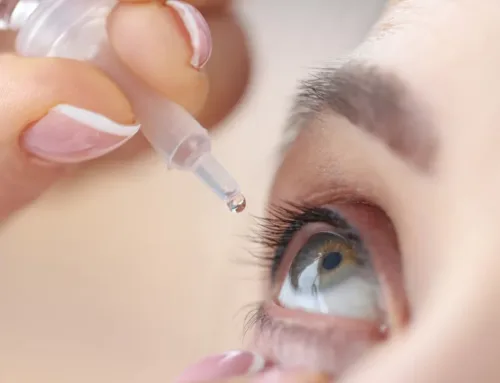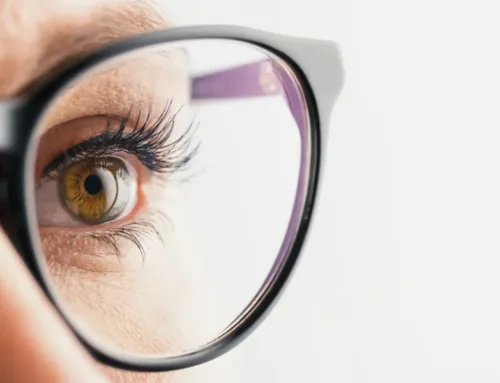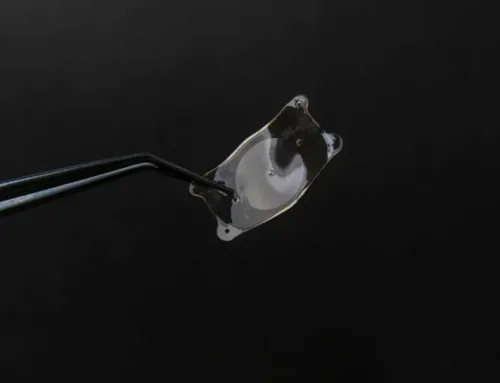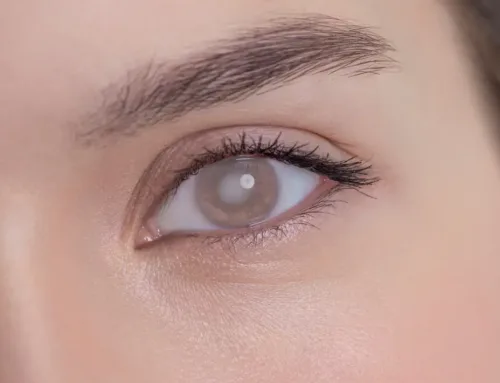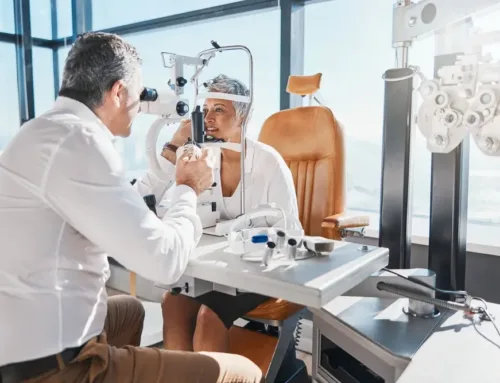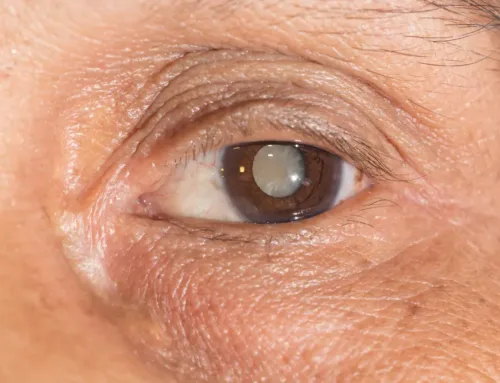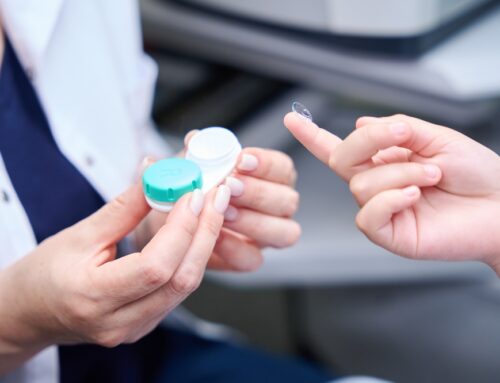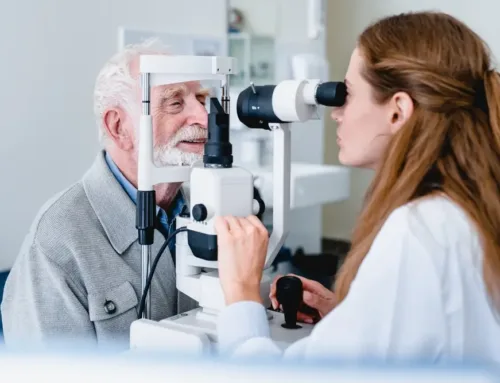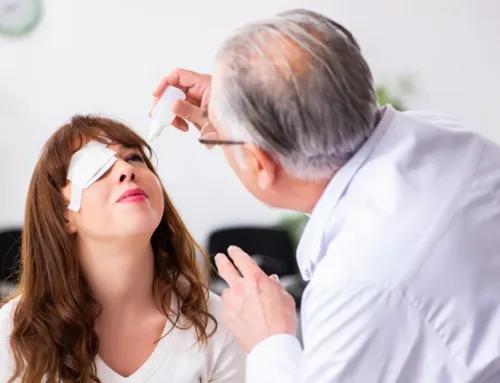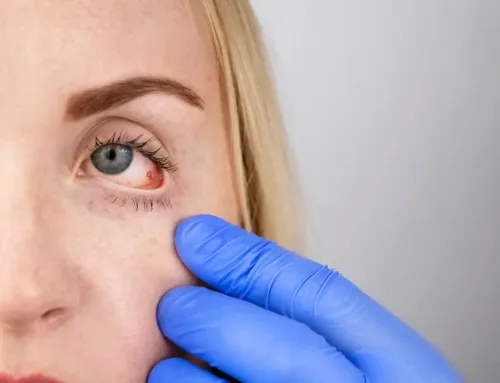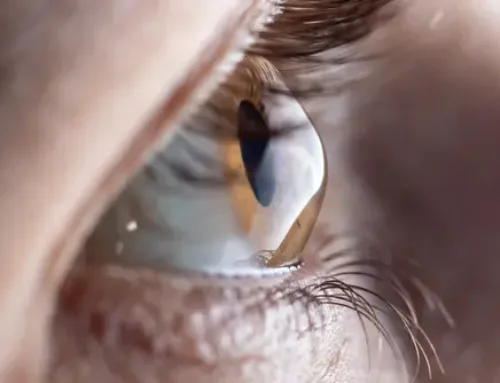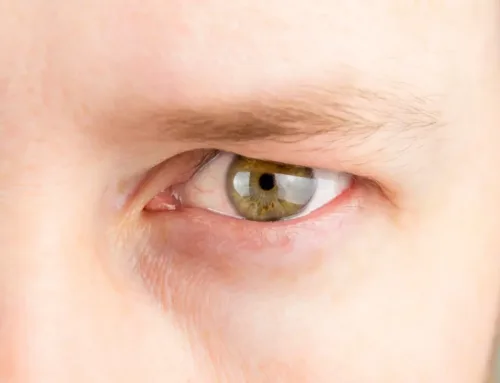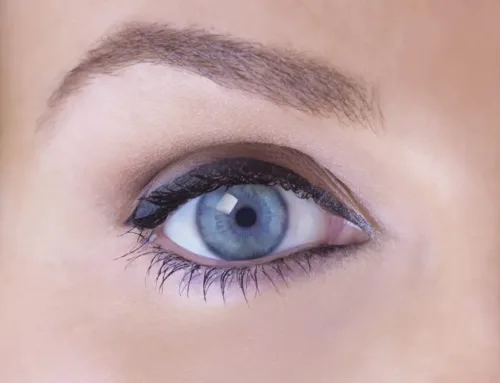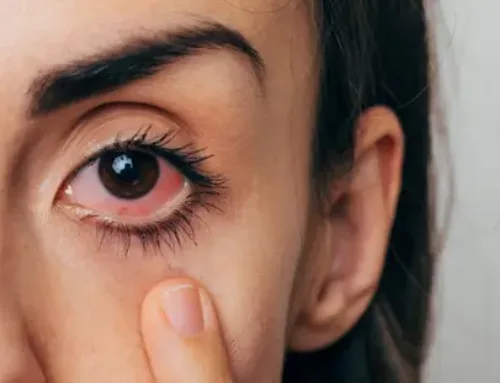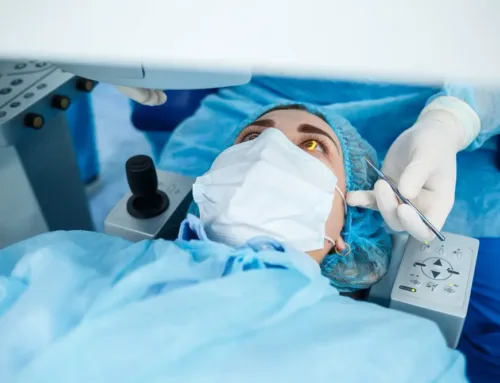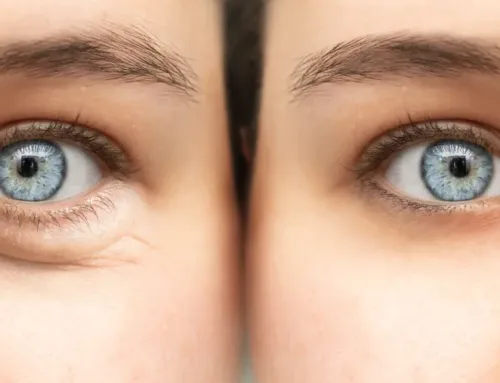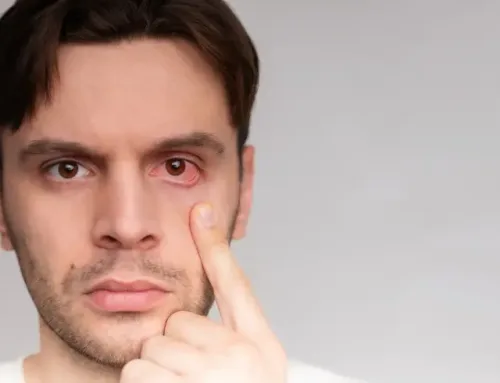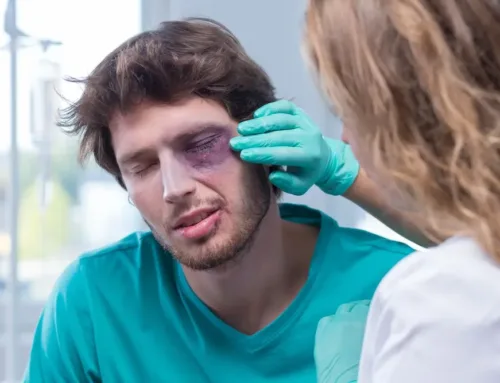Age-related macular degeneration is one of the leading causes of low vision in people over 50. It is more widespread than glaucoma or cataracts. There are no early warning signs, and if there are any, they are not clear. But if you recognize any signs of the condition, you should see a doctor. 
Macular Deterioration
The condition causes the deterioration of the macula as you grow older. The macula is the central part of the retina. It is responsible for clarity of vision when you are looking straight ahead. It is also the part that allows you to see color and recognize people’s faces.
The macula plays a role in your ability to perform everyday tasks like driving, reading, and writing. When it starts getting thinner and deteriorating, these tasks become difficult. The condition compromises your quality of life.
What Happens?
The first sign of the condition is when small, degenerative proteins or drusen deposit under the retina. These drusen are the hallmarks of age-related macular degeneration. As the disease progresses, they lead to the deterioration of the structural support system of the retina.
The deterioration of the structural support system results in the growth of abnormal blood vessels. The walls of these vessels are not as strong as those of normal blood vessels. They leak blood and fluid into the eye, disrupting retinal cells. When the blood vessels begin to grow in the macula, they affect your central vision and gradually cause its loss.
Types Of Age-Related Macular Degeneration
There are two main types of age-related macular degeneration.
Dry
It is the most common type of macular degeneration. It affects about 80 percent of those who have the condition. It causes the macula to become thinner and atrophy as you age. It compromises your ability to see color and recognize people’s faces. It can force you to stop driving in time. You may also have to find other ways to perform your daily activities.
However, your peripheral vision may remain intact. It allows you to find a way to go about activities like reading and writing. However, it is not a reason to panic since the condition will not necessarily lead to vision loss.
Wet
The name wet macular degeneration stems from how the condition manifests in this form of the disease. It happens when abnormal and weaker blood vessels grow beneath the retina. Their walls are not as strong as those of normal blood vessels. Thus, they leak blood and fluid into the eye—hence the term, wet macular degeneration.
This type of age-related macular degeneration is less common than the dry type. However, it leads to severe vision loss. The blood vessels and bleeding will form scars on the macula to eventually cause the loss of central vision.
If you notice any early signs of age-related macular degeneration, do not hesitate to see your eye doctor. Any blurry areas in your vision or dark spots that increase with time should be a reason for concern. Some people have a predisposition to age-related macular degeneration. If you fall in this category, ensure that you get regular eye exams.
For more on macular degeneration, visit Treasure Coast Eye Specialists at our office in Port St. Lucie or Stuart, Florida. You can call (772) 400-2400 or (772) 286-0007 today to schedule an appointment.


